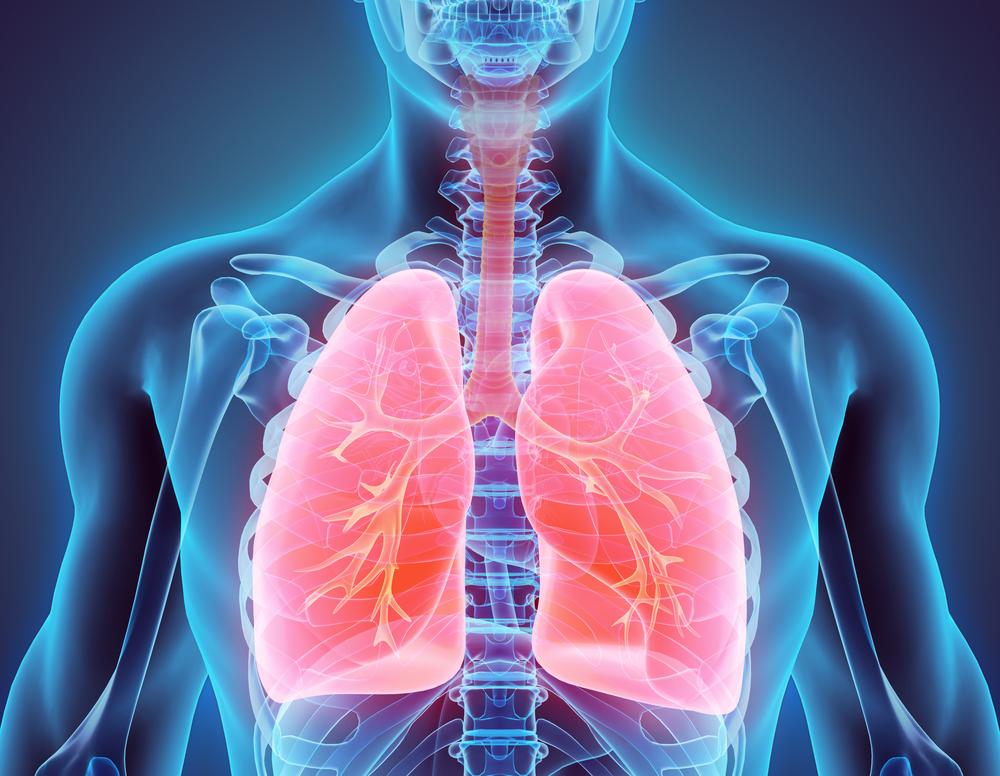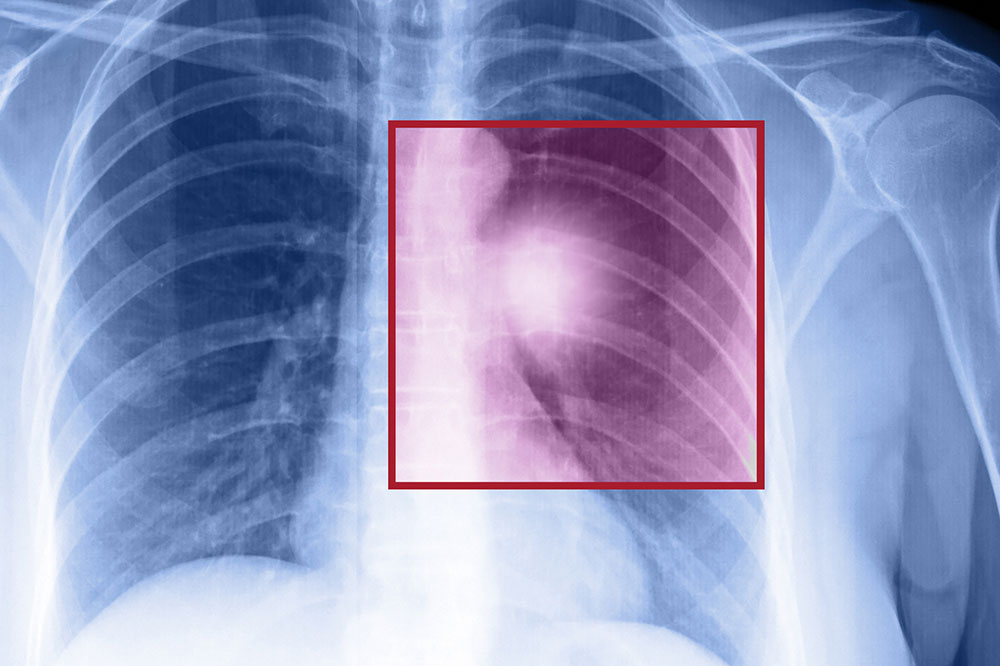Comprehensive Guide to the Top 3 Types of Lung Cancer and Their Impact on Health
This comprehensive guide explores the top three types of lung cancer—NSCLC, SCLC, and Mesothelioma—highlighting their characteristics, growth patterns, and importance of early detection. Understanding these distinctions helps in timely diagnosis and effective treatment, ultimately saving lives and reducing the impact of lung cancer worldwide.

Comprehensive Guide to the Top 3 Types of Lung Cancer and Their Impact on Health
Lung health is fundamental to overall wellness, as the lungs are essential organs responsible for oxygenating the blood and removing carbon dioxide. Maintaining healthy lungs impacts various aspects of life, from physical activity to overall vitality. Unfortunately, lung diseases, particularly lung cancer, pose significant health risks worldwide. Lung cancer is often diagnosed at an advanced stage due to subtle early symptoms, making understanding its main types crucial for early detection, effective treatment, and improved survival rates.
Understanding the primary classifications of lung cancer helps healthcare professionals, patients, and caregivers better comprehend the disease, tailor treatment strategies, and improve prognosis. The three most prevalent types of lung cancer include Non-Small Cell Lung Cancer (NSCLC), Small Cell Lung Cancer (SCLC), and Mesothelioma. Each of these types has distinct characteristics, growth patterns, and treatment approaches, which makes accurate diagnosis vital.
Non-Small Cell Lung Cancer (NSCLC): The Most Common Form
NSCLC accounts for approximately 85% of all lung cancer cases, making it the most prevalent. This type tends to grow more slowly compared to small cell lung cancer, which often allows for a wider window for diagnosis and intervention. NSCLC originates in the cells lining the alveoli, or small air sacs, within the lungs, and progresses over time. Its subtypes are diverse, each with unique features and prognoses:
Adenocarcinoma: This subtype develops from glandular cells that line the alveoli, which are involved in mucus production. It is predominantly found in the outer regions of the lung and is considered the most common form of lung cancer in non-smokers and women. Adenocarcinoma tends to grow slowly, but if not caught early, it can spread to lymph nodes and distant organs. Early detection significantly improves treatment outcomes for this subtype.
Squamous Cell Carcinoma: Originating from flat, scale-like cells lining the respiratory tract's central bronchi, this subtype is strongly associated with tobacco smoking. It tends to develop centrally within the lungs and is often detected earlier due to symptoms like coughing or localized chest pain. Its growth is generally slower than large cell carcinoma but can invade nearby tissues if untreated.
Large Cell Carcinoma: Representing roughly 9% of NSCLC cases, large cell carcinoma is characterized by large, abnormal-looking cells seen under microscopic examination. It grows rapidly and tends to spread aggressively, often leading to a poorer prognosis. Due to its quick growth, early detection and prompt treatment are critical. It can develop in any part of the lung, making its detection challenging but essential for successful management.
Small Cell Lung Cancer (SCLC): Known for Rapid Spread
SCLC accounts for about 10-15% of lung cancers but is notorious for its aggressive behavior and rapid dissemination throughout the body. It is derived from neuroendocrine cells that produce hormones, contributing to its classification as a neuroendocrine tumor. SCLC is strongly associated with smoking, with a high correlation to tobacco exposure.
Its hallmark is swift progression—often spreading to lymph nodes, liver, brain, and bones within a short time after diagnosis. The disease is typically categorized into limited and extensive stages. The limited stage confines the cancer to one lung and nearby lymph nodes, making it more amenable to localized therapies. The extensive stage involves widespread metastasis, often requiring systemic treatments like chemotherapy and immunotherapy.
Mesothelioma: Cancer Linked to Asbestos Exposure
Mesothelioma is a rare but highly aggressive cancer primarily linked to asbestos exposure. It originates in the mesothelial cells lining the pleura (lungs' outer lining), peritoneum (abdomen lining), or pericardium (around the heart). Although it is less common than NSCLC and SCLC, mesothelioma has a poor prognosis due to late diagnosis and resistance to conventional treatments.
There are two main types: pleural mesothelioma, which occurs in the lung lining, and peritoneal mesothelioma, affecting the abdominal cavity. Despite different origins, the treatment strategies, including surgery, chemotherapy, and radiation, are similar across types. Early diagnosis and asbestos exposure awareness are crucial for better management of mesothelioma.
Additionally, there are other less common lung neoplasms such as carcinoid tumors, which mostly originate in the gastrointestinal tract but can metastasize to the lungs. Detecting lung cancer early significantly enhances treatment options and survival rates. Awareness campaigns, screening programs, and advancements in diagnostic technology are vital tools in combating this deadly disease and improving patient outcomes.





